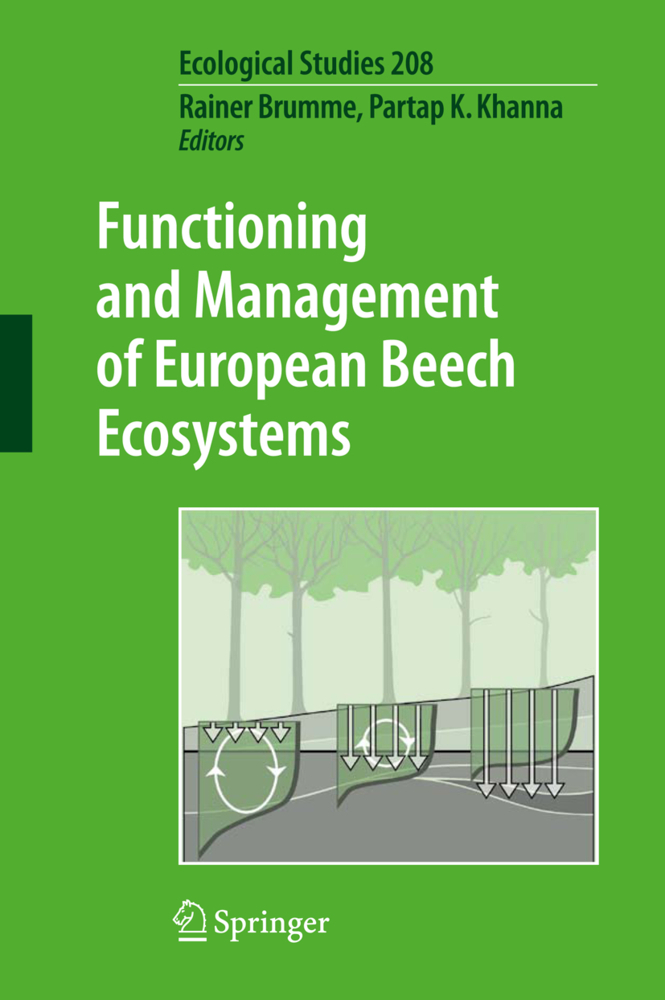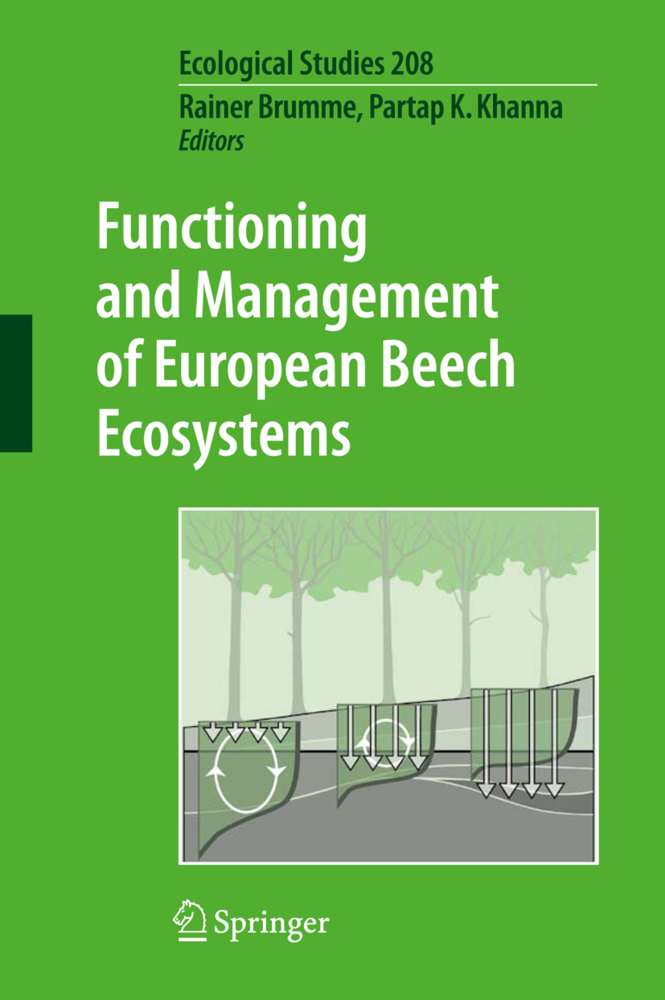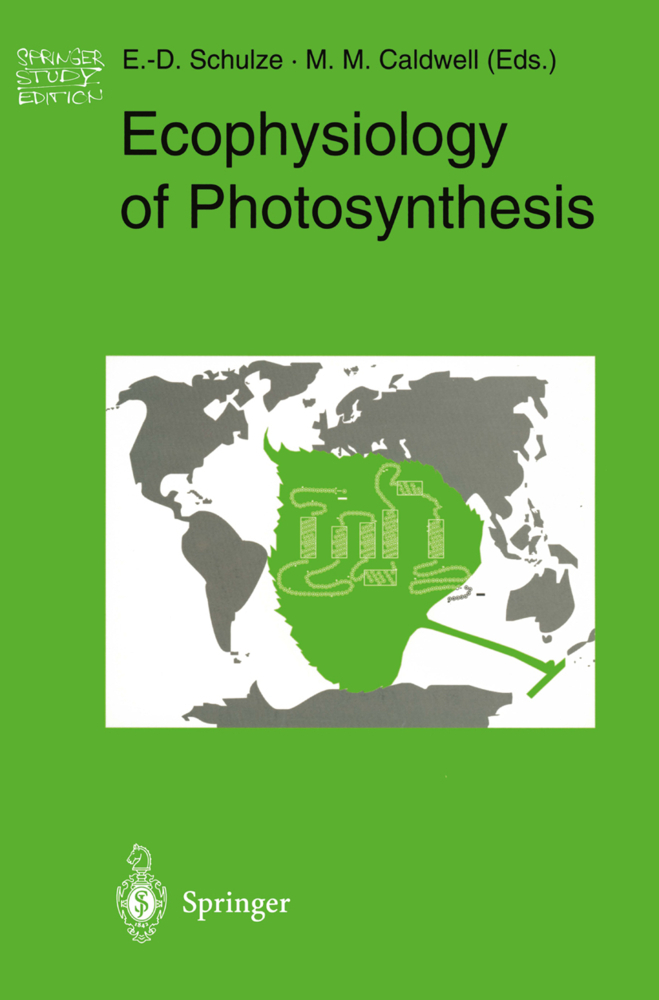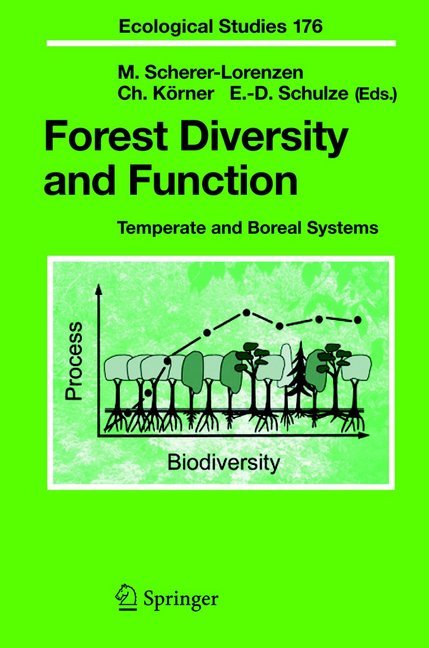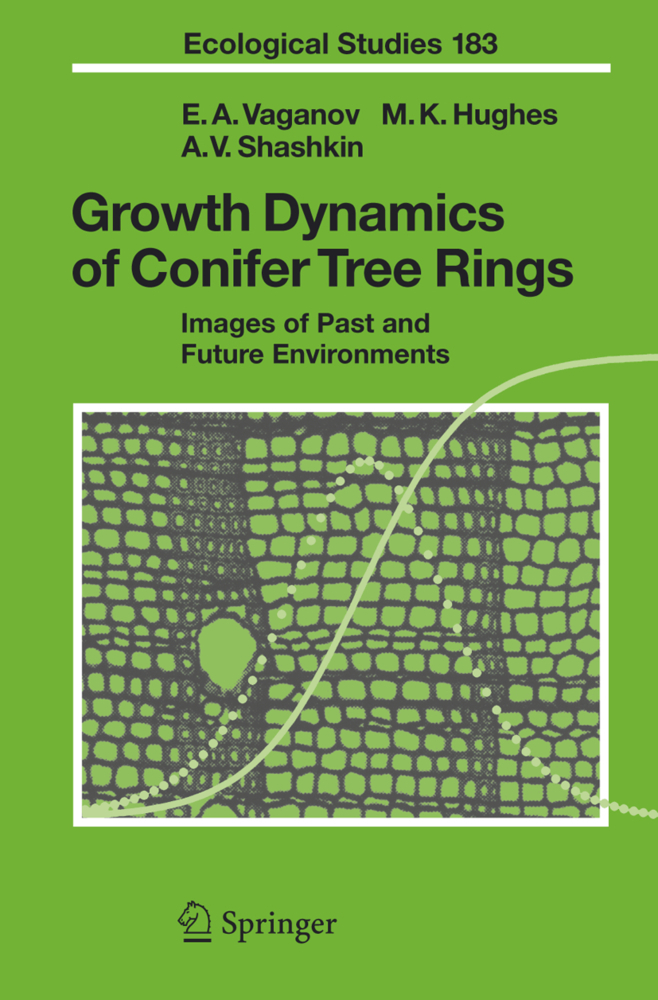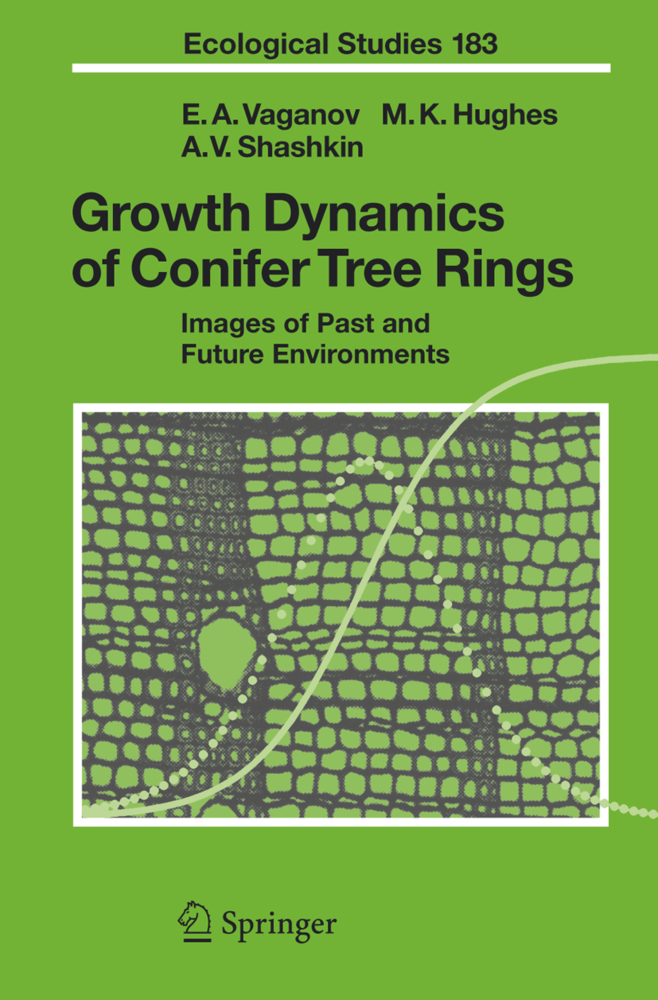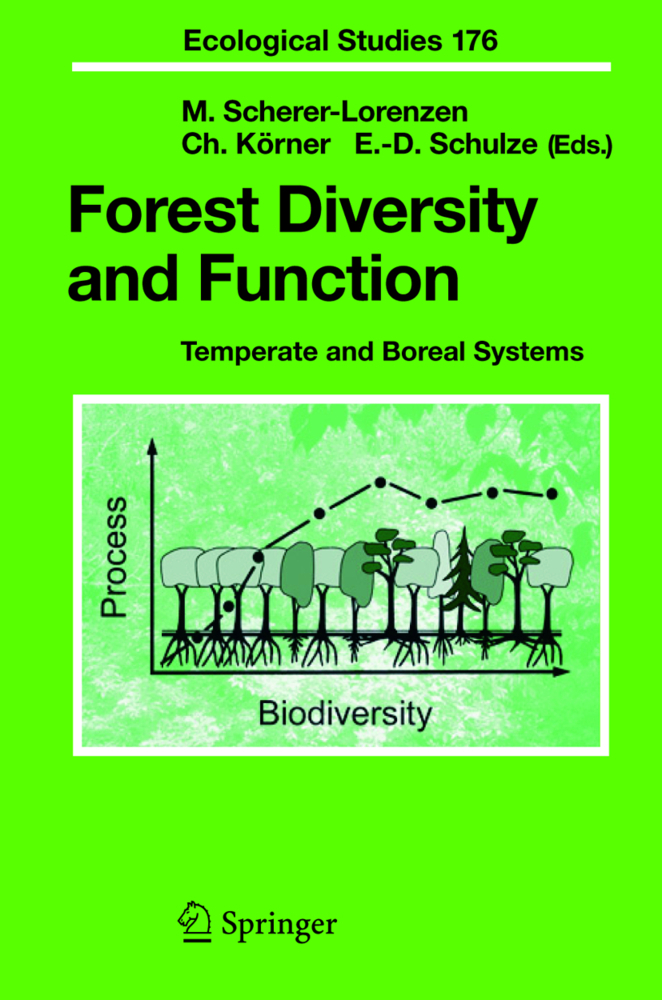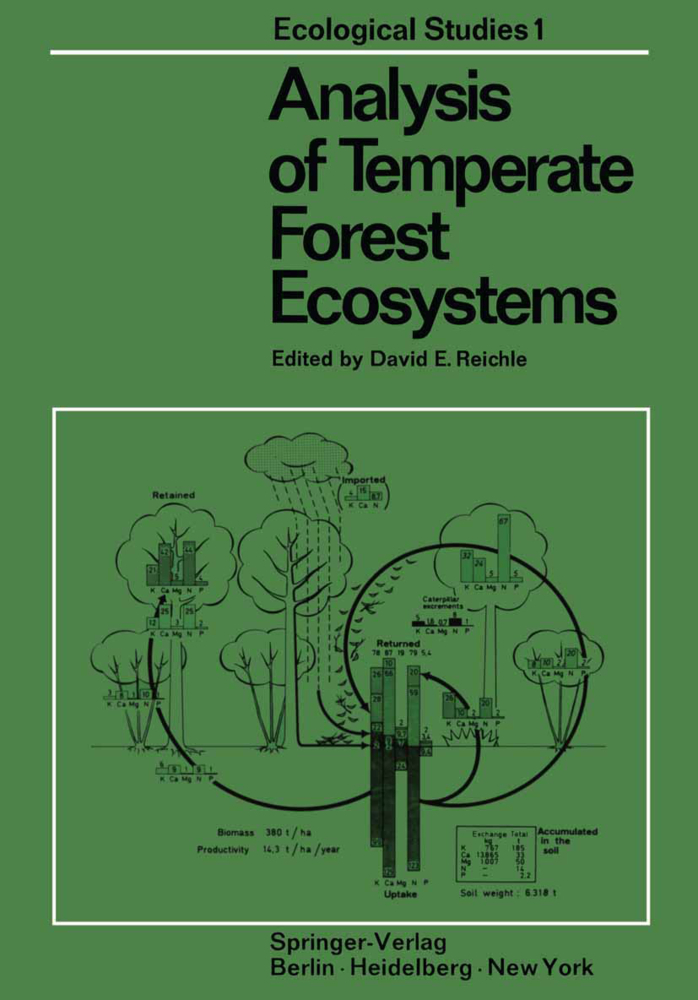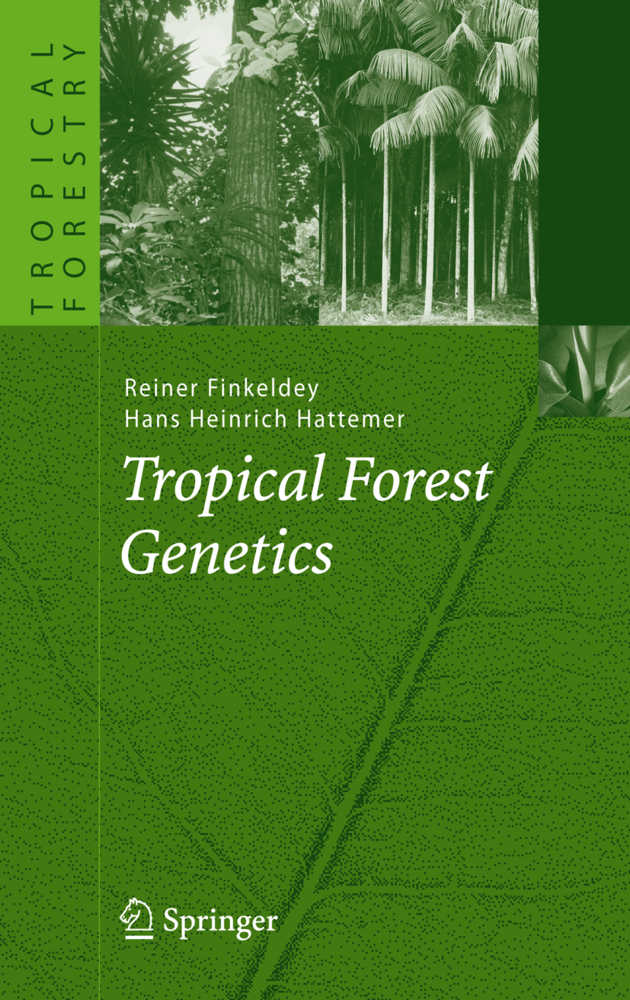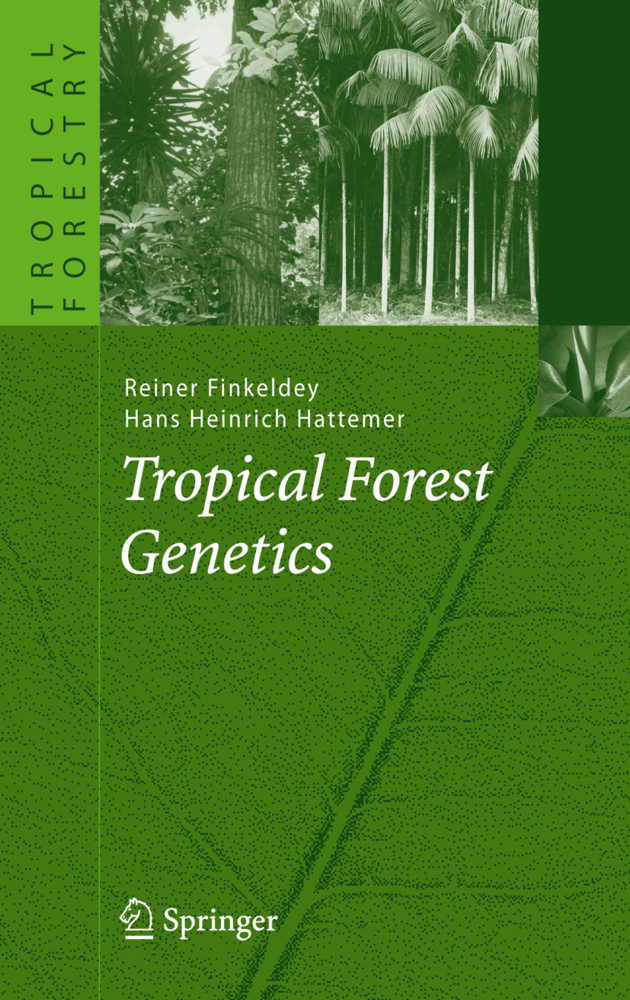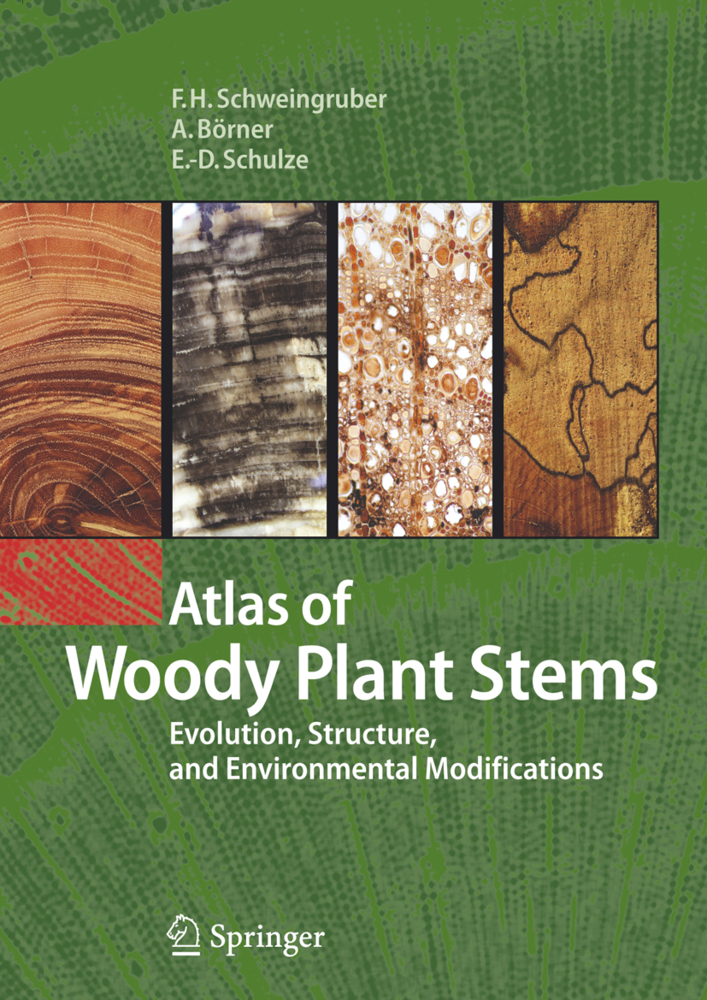Functioning and Management of European Beech Ecosystems
Functioning and Management of European Beech Ecosystems
Temperate forests cover large areas of Europe and perform a number of important functions such as the regulation of energy and matter, production of wood and other resources, and conservation of biodiversity and habitats; they also have special signi?cance in social and cultural contexts. Initiated in 1960s, the ?rst International Biological Program (IBP) focused on ''the biological basis of productivity and human welfare. '' As the German contribution to the IBP, ecosystem research has been carried out since 1966 in the Solling area (Ellenberg H. , Ecological Studies 2, 1971), an upland region in Northwest Germany. This study provided clear evidence that the stability of forest ecosystems was threatened by the high inputs of at- spheric pollutants. This promoted many interdisciplinary research programs which were coordinated by Prof. Dr. Bernhard Ulrich and the Forest Ecosystems Research Center of the University of Go¨ttingen. This involved, in addition to the Solling site, the establishment of two other sites for long-term monitoring of ecosystem pro- ¨ cesses. The two contrasting sites were established in 1980 at Gottinger Wald on base-rich calcareous soil and in 1989 at Zierenberg on volcanic soil. These projects were funded initially by the Federal Ministry of Research and Technology (BMBF) as interdisciplinary projects under the titles: ''Conditions of Stability of Forest Ecosystems'' (1989-1993), and ''Dynamics of Forest Ecos- tems'' (1993-1998). The primary goal of these studies was to quantify the ecolo- cal condition of forests in a changing environment and element ?uxes.
Climatic Condition at Three Beech Forest Sites in Central Germany
Soil Properties
Changes in C and N Contents of Soils Under Beech Forests over a Period of 35 Years
Vegetation
Microbial Biomass
Soil Fauna
Ecosystem Processes
Tree Growth, Biomass, and Elements in Tree Components of Three Beech Sites
Fine Root Biomass, Turnover and Litter Production
Phytomass, Litter and Net Primary Production of Herbaceous Layer
Biomass and Element Content of Foliage and Aboveground Litterfall on the Three Long-Term Experimental Beech Sites: Dynamics and Significance
The Role of Soil Fauna for Decomposition of Plant Residues
Nitrogen and Carbon Transformations
Fate, Transport, and Retention of Applied 15N Labelled Nitrogen in Forest Soils
Atmospheric Deposition and Canopy Interactions
Changes in Soil Solution Chemistry, Seepage Losses, and Input-Output Budgets at Three Beech Forests in Response to Atmospheric Depositions
Soil Respiration
N2O Emission from Temperate Beech Forest Soils
Methane Uptake by Temperate Forest Soils
Forest Management and Regional Scale Issues Concerning C and N
Microbial Biomass in Broad-Leaved Forest Soils
Soil Organic Carbon and Nitrogen in Forest Soils of Germany
Management Options for European Beech Forests in Relation to Changes in C- and N-Status as Described by the Three Study Sites
Synthesis
Stand, Soil and Nutrient Factors Determining the Functioning and Management of Beech Forest Ecosystems: A Synopsis
Erratum.
Description of Long-term Observation Sites
General Description of Study SitesClimatic Condition at Three Beech Forest Sites in Central Germany
Soil Properties
Changes in C and N Contents of Soils Under Beech Forests over a Period of 35 Years
Vegetation
Microbial Biomass
Soil Fauna
Ecosystem Processes
Tree Growth, Biomass, and Elements in Tree Components of Three Beech Sites
Fine Root Biomass, Turnover and Litter Production
Phytomass, Litter and Net Primary Production of Herbaceous Layer
Biomass and Element Content of Foliage and Aboveground Litterfall on the Three Long-Term Experimental Beech Sites: Dynamics and Significance
The Role of Soil Fauna for Decomposition of Plant Residues
Nitrogen and Carbon Transformations
Fate, Transport, and Retention of Applied 15N Labelled Nitrogen in Forest Soils
Atmospheric Deposition and Canopy Interactions
Changes in Soil Solution Chemistry, Seepage Losses, and Input-Output Budgets at Three Beech Forests in Response to Atmospheric Depositions
Soil Respiration
N2O Emission from Temperate Beech Forest Soils
Methane Uptake by Temperate Forest Soils
Forest Management and Regional Scale Issues Concerning C and N
Microbial Biomass in Broad-Leaved Forest Soils
Soil Organic Carbon and Nitrogen in Forest Soils of Germany
Management Options for European Beech Forests in Relation to Changes in C- and N-Status as Described by the Three Study Sites
Synthesis
Stand, Soil and Nutrient Factors Determining the Functioning and Management of Beech Forest Ecosystems: A Synopsis
Erratum.
Brumme, Rainer
Khanna, Partap K.
| ISBN | 978-3-642-26912-7 |
|---|---|
| Artikelnummer | 9783642269127 |
| Medientyp | Buch |
| Copyrightjahr | 2009 |
| Verlag | Springer, Berlin |
| Umfang | XXIII, 501 Seiten |
| Abbildungen | XXIII, 501 p. |
| Sprache | Englisch |

